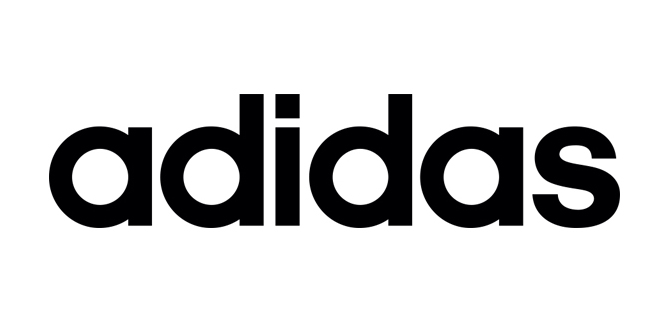
Source: Adidas
Adidas is joining some other employers offering a student loan assistance program as the pandemic-era student debt holiday ends.
The sportswear giant, whose North American headquarters are in Portland, OR, will contribute $100 monthly to qualifying workers. Employees across corporate, retail, and distribution centers who work 30 hours or more per week are eligible for the program.
“Paying for education should not hold our teammates back, so we are happy to support them with this benefit,” said Rupert Campbell, president of Adidas North America, in a statement. Adidas is also offering free financial counseling.
According to the Society for Human Resource Management, just eight percent of companies offered a student loan repayment benefit in 2019. In 2021, that figure grew to 17 percent, with 31 percent of companies planning to provide it in the future, according to a report by the Employee Benefit Research Institute.
Those offering loan repayment employee benefits include Google, PricewaterhouseCoopers, Estee Lauder, Staples and Peloton.
“It’s great to get a four percent company match on your 401(k). But that means nothing to someone with big student debt,” Reilly Anderson, a Portland benefits consultant at CSNW Benefits, told The Oregonian.
Two-thirds of nearly 2,900 employees surveyed as part of MetLife’s annual U.S. Employee Benefit Trends Study said they worry about paying down debt, including student and credit-card debt. Half of Gen Z and younger Millennial respondents indicated help paying down student loans is a “must have” benefit at work.
Payments for the more than 40 million Americans with student loans will resume in September as part of the bipartisan agreement to raise the federal debt ceiling after a three-year-long pause of payments as part of a pandemic relief measure.
The loan reimbursement perk would compete with other fringe benefits, including family care, health & wellness and retirement.
Responses to a Wall Street Journal article on the corporate student loan assistance trend mirrored themes in the national debate over student debt forgiveness, including whether such programs only subsidize colleges and whether reimbursement is fair to those paying off their loans without help from the programs. Some felt the costs would ultimately be paid for with higher prices for consumers.


Leave a Reply
You must be logged in to post a comment.